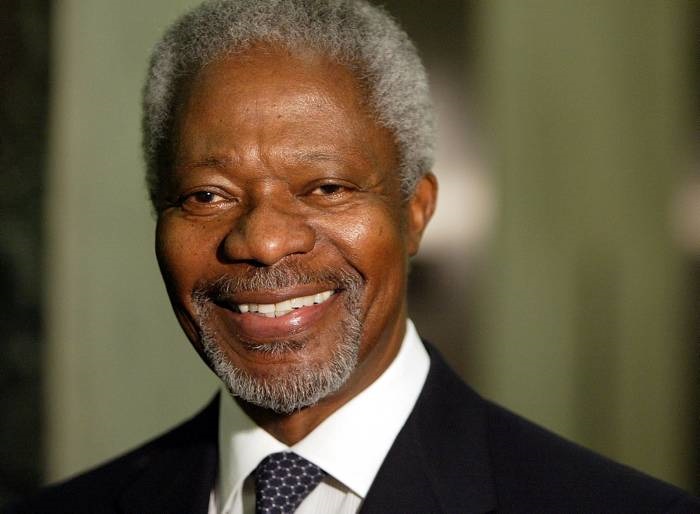Africa’s energy needs are both huge and urgent. Government and non-government organizations must work together to electrify the continent using on-grid, off-grid and mini-grid networks.
In Côte d’Ivoire, children carry backpacks to school with built-in solar panels. When they get home, they plug the panels into lamps so they can do their homework.
Also read: Businesses must help electrify Africa
On the other side of the continent, rural households pay as little as 50 cents a day for solar electricity systems that power three lights, five phone-charging connections and a radio.
Across Africa, these and many other ingenious solutions are helping to meet the continent’s huge energy needs much faster than conventional means.
That speed is critical. Africa’s energy needs are not only huge, but they are also urgent. Day after day, the continent’s lack of modern energy is holding back economic growth, job creation, sustainable agriculture, health and education.
The challenge for governments, their development partners and the private sector is how to electrify millions of African households, remote communities and small-scale entrepreneurs as quickly as possible. To meet that challenge, countries need to consider every available option, including off-grid household systems and mini-grids, as well as the expansion of national grids.
Also read: Enel Group launches Africa Track Energy
It’s a huge task. But we know it can be done because it’s happening already, as we show in Lights, Power, Action: Electrifying Africa, a new report released this month by the Africa Progress Panel, which I chair.
Many countries have set ambitious targets for increasing energy access or for advancing other elements of the energy transition. Governments are amending electricity laws and improving regulatory frameworks, clearing a path for investors. Independent power producers are increasing the involvement of the private sector and showing how to scale up renewable power generation capacity.
On-grid solutions — as in energy generated in large power plants and carried to homes via power lines — will always form the base of the energy supply in Africa. But African countries grappling with limited financial resources, weak energy planning and rapid economic growth each need to choose the mix of energy technologies that will increase access fastest while offering the best value for money.
Also read: US$ 182million electricity programme to light up South African village
New technologies
New technologies offer promising ways to close Africa’s energy gap more quickly than would be possible by relying on grid connections alone. Off-grid solar power and mini-grids, as standalone sources of energy generating power where it’s needed, have vast potential to advance access to electricity in sub-Saharan Africa.
Off-grid solar products can act as rungs on an “energy ladder,” providing a range of energy services to households and enterprises with different energy needs and incomes. Families can take advantage of innovative pay-as-you-go schemes, often using mobile phone payment to move from solar lighting onto systems that are a step-up and able to generate enough power for several household appliances.
Also read: More than $1 billion in Power Africa commitments finalised
Community services such as schools and health clinics can also be powered using off-grid solar energy, which can also improve the productivity of farms and small companies. Technological innovation means that mini-grids can also offer sustainable permanent alternatives, especially as reliable and affordable products come on-stream that are attractive to small and medium-sized enterprises operating far from the national grid.
In short, off-grid and mini-grid power has a crucial role to play in meeting the three great energy challenges that African governments face: providing all their citizens with access to secure and affordable energy; building the energy infrastructure needed to drive inclusive growth and create jobs; and limiting carbon emissions.
To make that happen, African governments need to support the development of an enabling environment through which companies can enter energy generation, transmission and distribution markets, climb the value chain and build the investment partnerships that can drive growth and create jobs.
Also read: Obama signs Power Africa initiative into law
To tap the potential of new energy technologies, African governments need all the support they can get. Bilateral and multilateral donors have pledged billions of dollars to Africa’s energy transition, but little of that money is moving yet. Donors need to realize that Africa’s energy imperative is urgent.
As well as opening up the continent to the radical possibilities of off-grid and mini-grid technology, African governments have a vital task to undertake, one that goes to the heart of the continent’s energy problems: fixing national energy grids that are unreliable and financially fragile.
Many energy utilities suffer from mismanagement and inefficiency. A lack of accountability and transparency nurtures corruption. These are serious and persistent problems, yet they are solvable, as many countries are demonstrating. Governments are showing leadership. But they need support to put in place the integrated plans and policies that can scale up Africa’s energy transition. On-grid and off-grid, we have the technologies that Africa needs to bring energy to everyone. Let’s get to work.
Source: http://edition.cnn.com/2017/03/13/opinions/electrify-africa-quickly-opinion-annan/index.html

